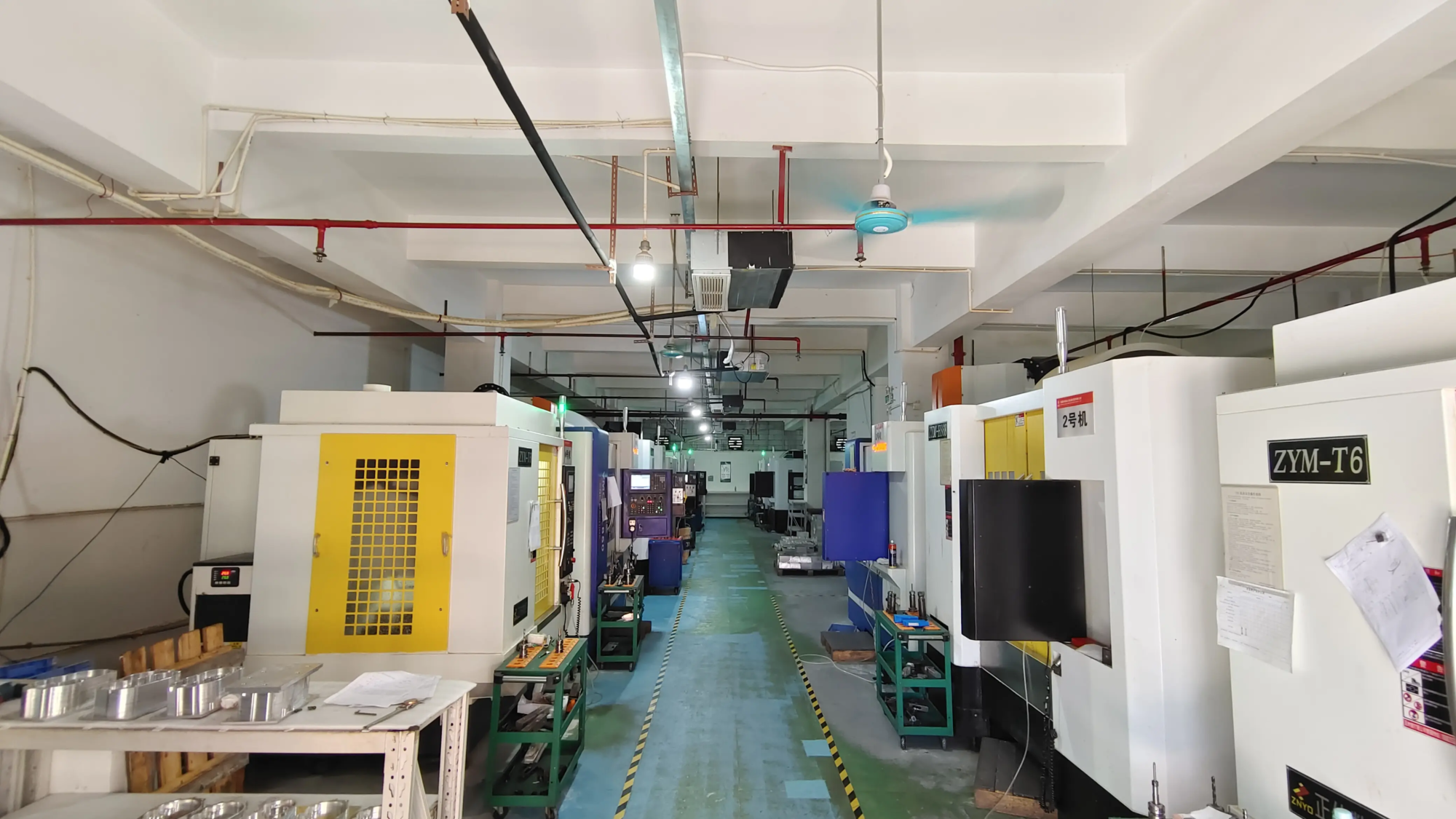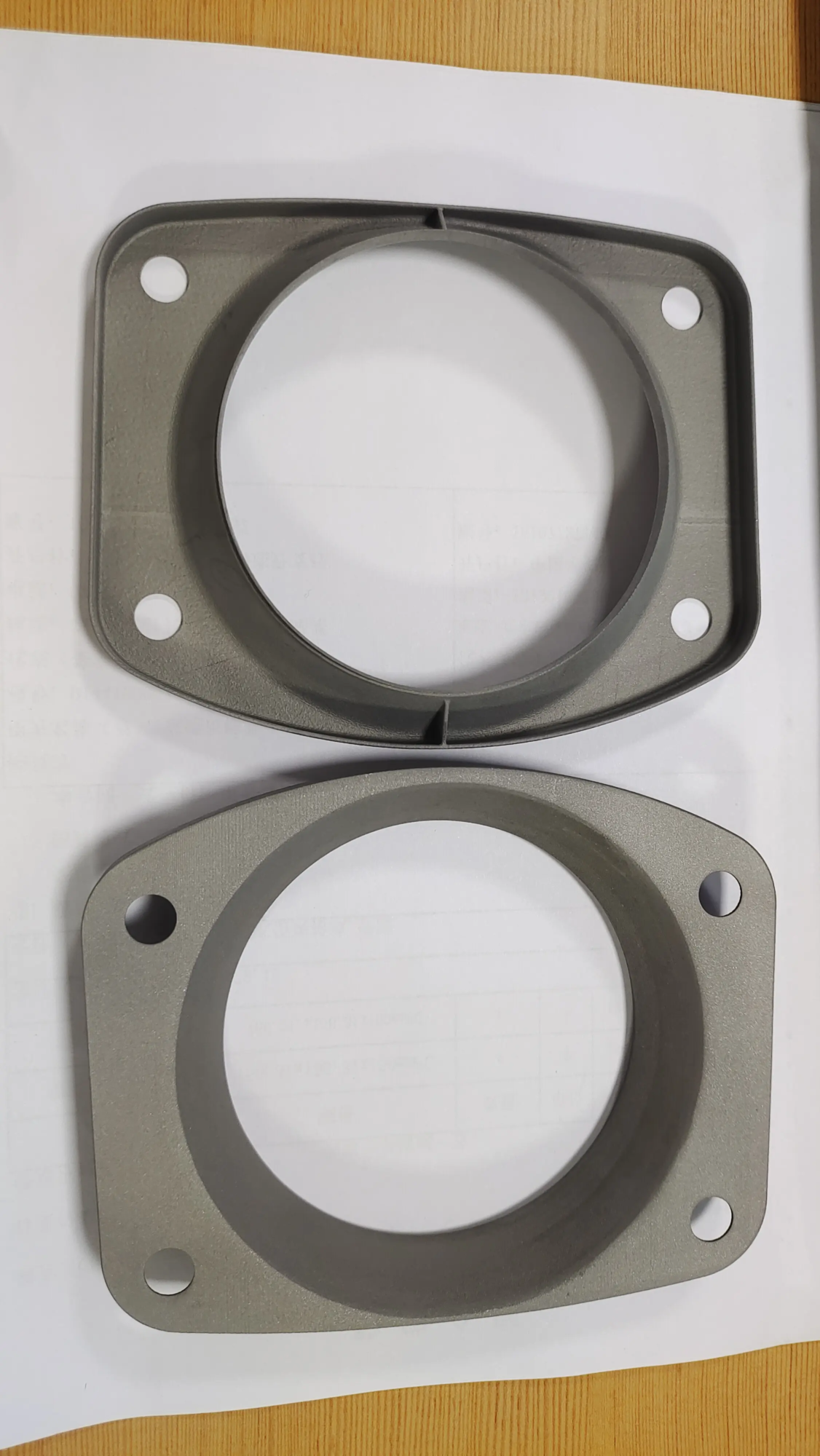Introduction:Polyurethane elastomers are widely used in machines, medical fields and others because of their excellent elasticity, strength and tenacity, as well as good biocompatibility and blood compatibility, but there are still enormous challenges in the formation and manufacture of complex structural parts.
Recently, a team of Wang Xiaolong researchers from the Lanzhou Institute of Chemical Physics, the Chinese Academy of Sciences, has developed a 3D -printed polyurethane elastomer.The related results are published in international university journals “Materials Vision” and “Journal of Chemical Engineering”.
Double reticulation strategy printing
3D photocurage printing has high precision and rapid training speed, but the insufficient training of retication networks caused by rapid gelification caused by photocurage has an inherent contradiction in the high performance of the material.
Mechanical properties of hardened polyurethane elastomers
The researchers proposed a double retication strategy induced by several hydrogen bonds to obtain a 3D photocurage printing of high performance polyurethanes, that is to say, design and prepare a photosensitive prepolymers containing groups of urea. High performance polyurethane elastomers.
Several double retication strategy induced by hydrogen to reach 3D printing high precision photocurage in high performance polyurethane
Double gradient structure inspired by sunflower
Polyurethane elastomers work well in shock and noise reduction due to their unique micro-parasal separation structure, and can obtain better damping properties with a porous structured design. Inspired by the double gradient structure of sunflower mastoids, the research team used 3D polyurethane printed in high precision photocurage to build a double gradient bionic polyurethane foam with bivariates of pore size and wall thickness.
Imitation of the double -graded twin -graded polyurethane foam to obtain strong damping and a reduction in vibrations
The porous polyurethane foams with a Bigraduel structure have a selective resistance of buckling, anisotropic mechanical properties and dissipation behavior. Polyurethane foam also has a strong resistance, energy absorption and resistance to tear, and has prospects for application in the fields of tampon tampon vibrations and sound reduction of sound silence.
Compatibility helps new solutions
The research team has developed a polyurethane support with excellent load and mechanical stability developed by the search team using a 3D -printed polyurethane elastomer.
Mechanical properties and biocompatibility of polyurethane scaffolding printed in 3D photod
Compared to metallic stents, polyurethane stents have better biocompatibility and can effectively reduce immune rejection and inflammatory responses during long -term use in the body.
The achievements above enrich the types of high performance polyurethane elastomer materials for 3D printing photocurage, widen their application exploration in personalized manufacturing of flexible functional structure devices in complex structures and provide effective solutions and technical foundations for the flexible and elastic structure of functional components.
Source: Lanzhou Institute of Chemical Physics, Chinese Academy of Sciences
|





